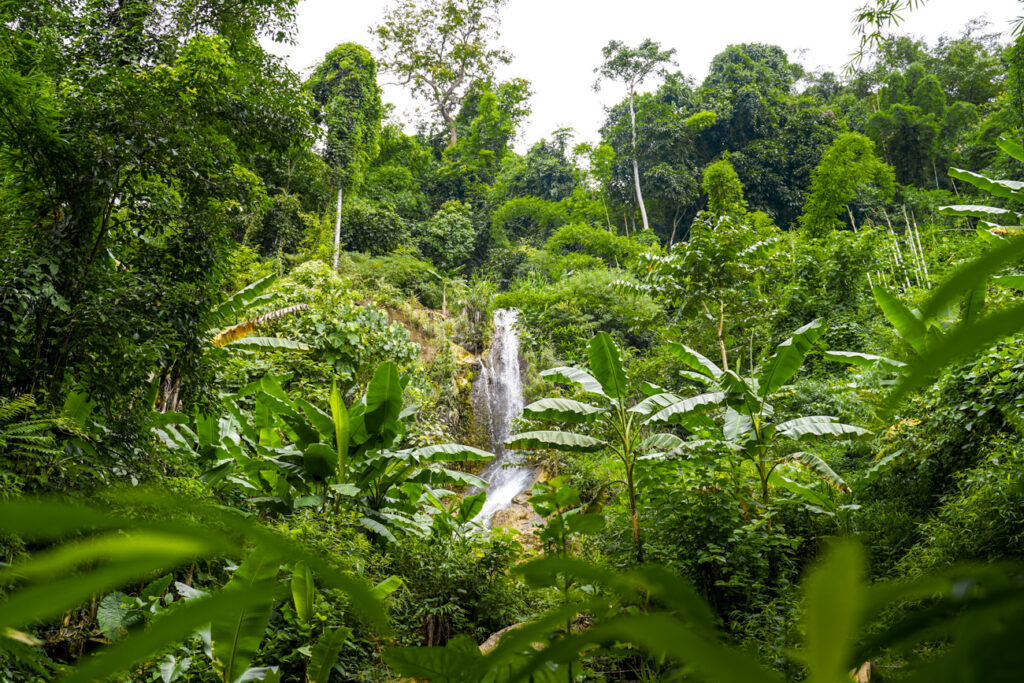Disclosure: This post contains affiliate links that I may earn a small commission from if you purchase something through them. This comes at no extra cost to you!
If you’re looking for an experience that’s a little bit different from the many epic mountain hikes during your stay in Nong Khiaw, you’ve come to the right place. This is a proper adventure!
The 100 Waterfalls Trail is one of the best things to do in Nong Khiaw, a tiny town nestled in the mountains of northern Laos, just 3 hours north of Luang Prabang, on which avid adventurers are taken on a unique 6.5km trek through the jungle.
Expect to wade through rivers and waterfalls while passing wild buffalo, snakes, bamboo houses, rice terraces and sampling some of the many fruits that grow here along the way.
The trekking experience can only be done with a guide and through an agency in town as the route can be quite treacherous and hard to follow at times.
This is an extensive guide on everything you need to know before you book your trek, including how to book, a full description of the trail and some thoughts from my own experience at the end!
Table of Contents...
Toggle
Useful information for Nong Khiaw
- Country: Laos
- Language: Lao/Laotian although people in northern Laos also speak Thai
- Population: Only about 3,500!
- Currency: Laotian Kip (£1/$1 = 18,000/16,500 kip)
- Visa info: For most nations a 30 day visa to Laos costs $40 which you’ll pay at your point of arrival, whether it be at an airport or land border. For land crossings you are required to provide a small self-portrait.
- SIM cards: There are a few different providers for SIM cards in Laos, such as Unitel, LaeTel and TPlus. All have good internet coverage across the country and can be bought from international airports, most shops and some hostels. I used Unitel and paid a relatively large sum of 180,000 Kip (£10) because I bought it at a hostel in a remote town. That gave me 35gb for 30 days, but the price at street vendors will be atleast half that
When to go
Laos has two main seasons.
- Wet season: April – October
- Dry season: November – March
Where to book the trek
You can only hike The 100 Waterfalls Trail through an agency in town.
Tours can be booked at one of several companies in Nong Khiaw. In fact, you’ll quickly discover that they can be booked almost anywhere, even guesthouses, and many locals will attempt to sell theirs to you. The itineraries offered across town are all basically the same, but depending on how many people have already booked then the prices may vary slightly.
I booked mine at Q-bar with Sammy, the owner, who is an absolute legend. Q-bar is a very popular place for backpackers to socialise and book tours, and I really recommend having a chat with him there.
Expected costs
Most day tours for the 100 Waterfalls Trail are around $25 (about 410,000 Kip) but that could vary slightly depending on the time of year and how many people join on.
I visited in September 2022 and paid $25 which was effectively for a private tour, with just 3 of us on it in total!
The 100 Waterfalls Trek
Getting to the start point
The trail starts about 6 miles down river from Nong Khiaw at a tiny village called Don Khoun, an extremely isolated place that has no electricity and is only accessible by boat. Only a handful of families live there.
Boats leave Nong Khiaw around 9am on the day of your trek from the south side of the bridge, and take around 45 minutes to get to the village.
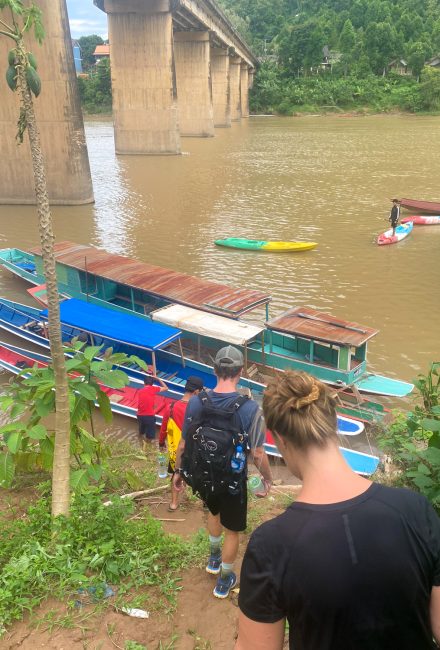
The trail: what to expect
Starting at 9am from your point of booking, begin the day by taking a relaxing morning slow-boat down the river for around 45 minutes.
Prepare for some stunning views as you meander down river.
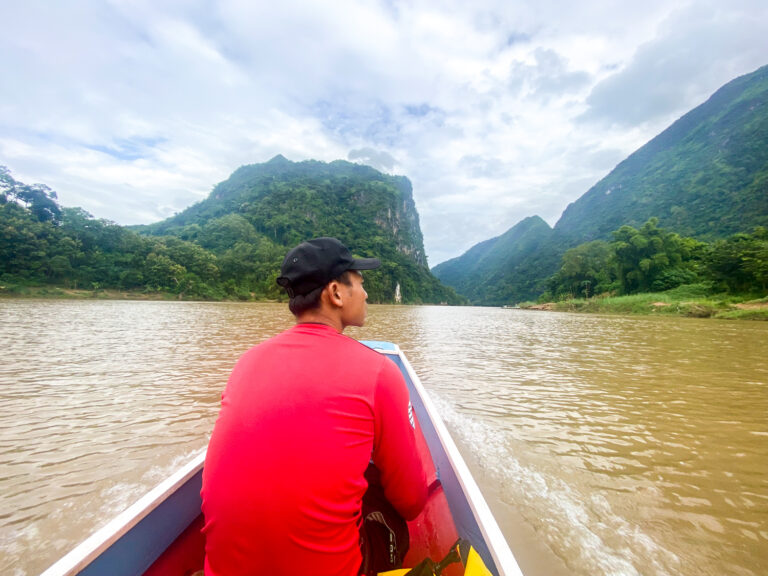
Once you reach Don Khoun village and it’s stilted-houses you’ll be joined by an additional local guide who is provided as part of an initiative to involve local people in more tourism activities.
With the local guide (who’s probably barefooted) it’s time to head off into the jungle!
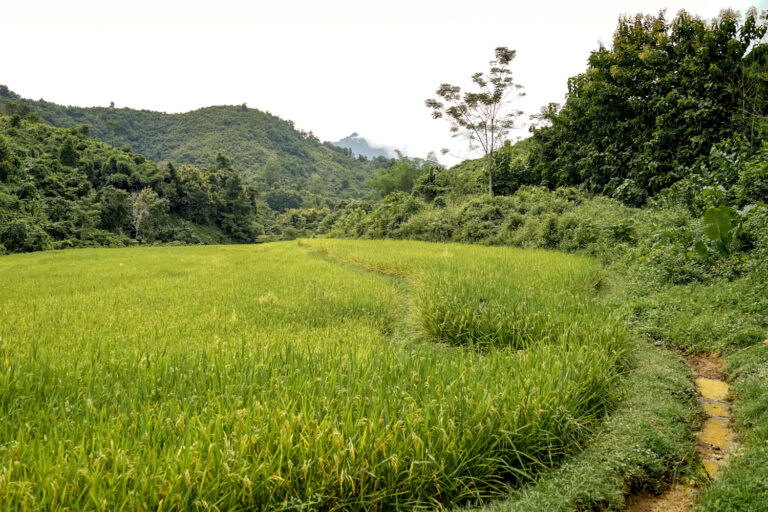
The first half of the trail follows a flat path on easy terrain, on which you’ll pass a variety of interesting things. After two small river crossings (which are small enough to jump over) at some point you’ll encounter tiny local villages of 3 or 4 bamboo houses.
These people have no electricity and extremely basic living conditions. They plant rice in their paddies for eating or they use it to make Laos Whisky. That is all they have. And maybe some chickens too, but that’s it.
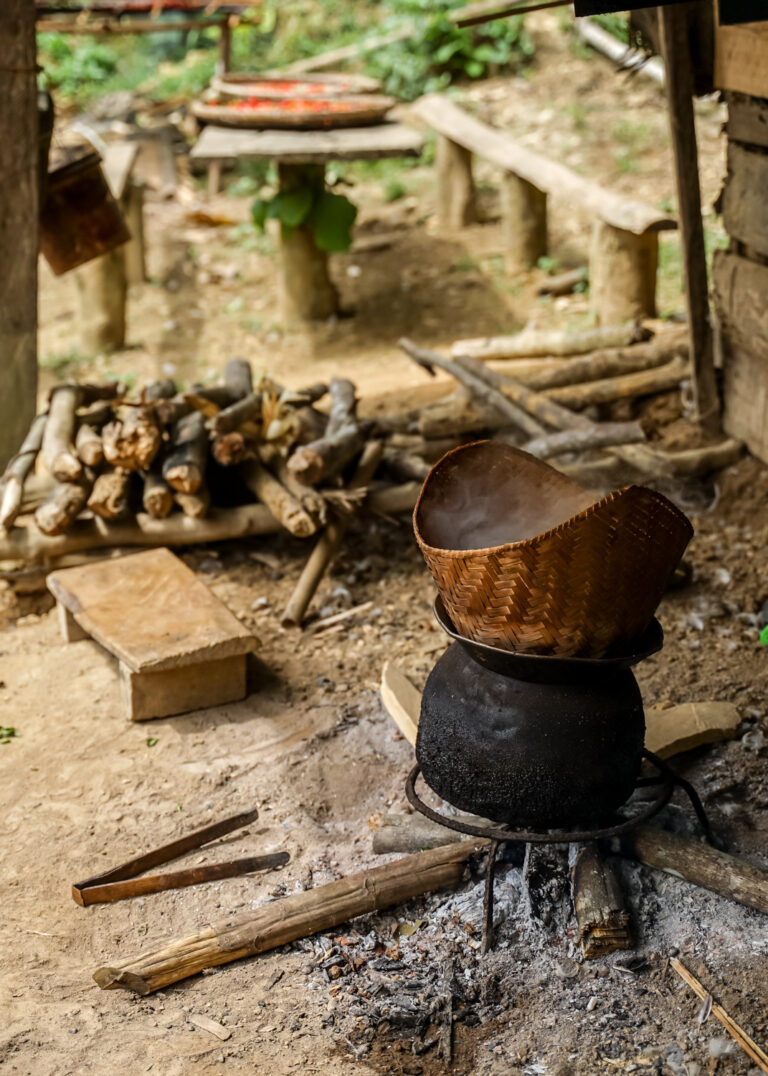
Continue through the forest for a while longer, making sure to try some of the fruits growing nearby. Our guide sourced us some fresh guava, butternut and figs just as some examples.
The second half is when you’re gonna get wet and properly sweaty!
The trail begins to ascend up river as you wade through mini waterfalls and rivers that vary in size. In all honesty, the first 5 steps are the worst and that was the only time each of us nearly face-planted one by one!
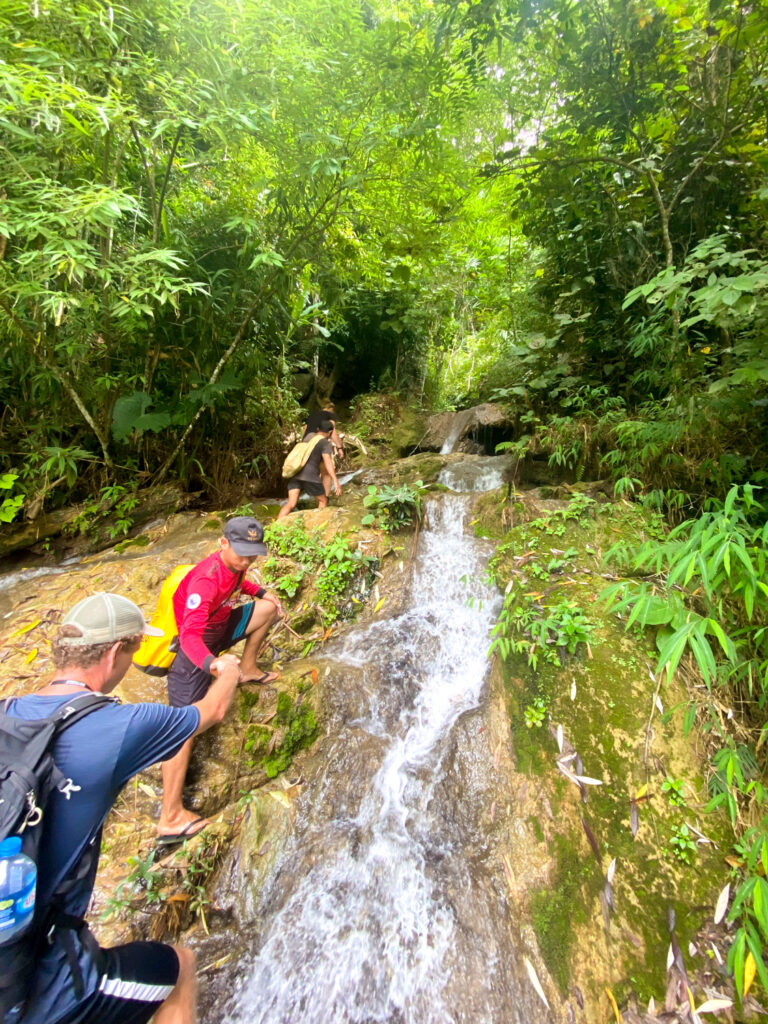
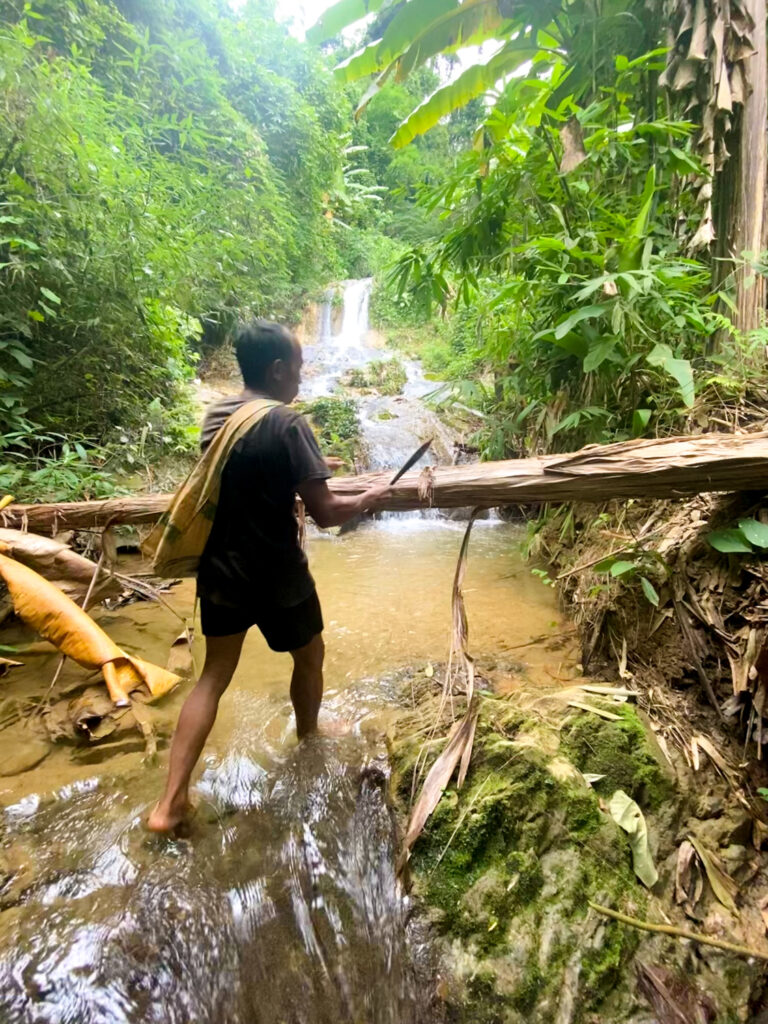
After that first section the rest remains slippery and requires a lot of concentration, but it’s not as extreme once your shoes get wet. The guides are very attentive and helpful throughout.
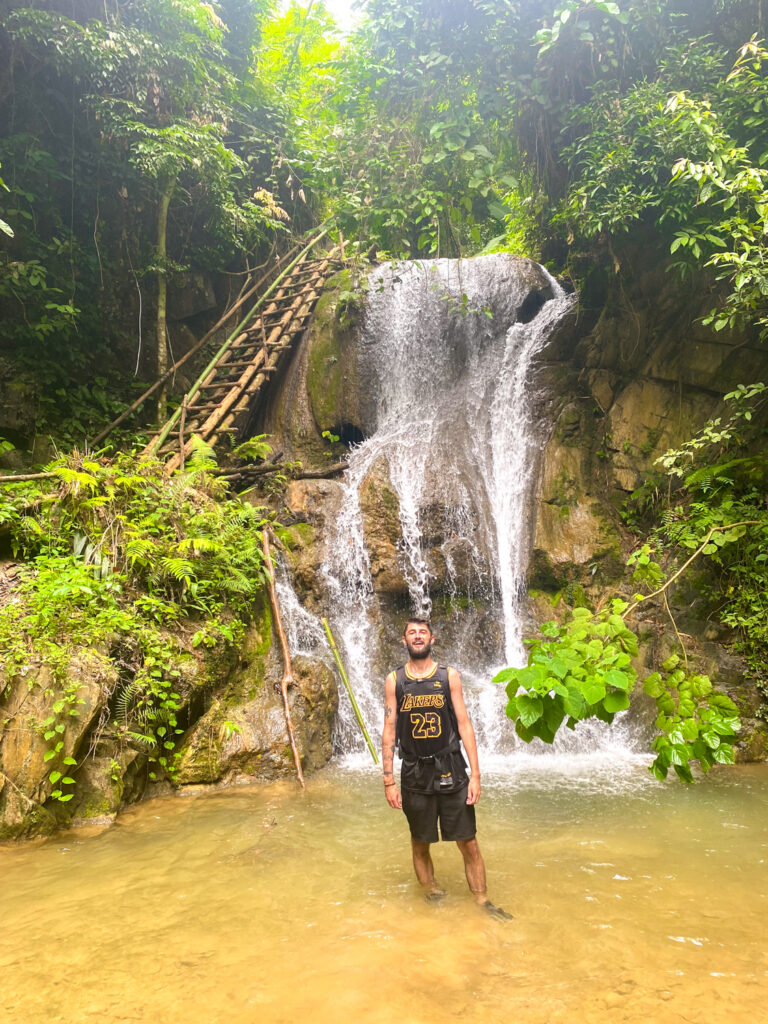
Watch out for nasty leeches and check your legs and feet often too!
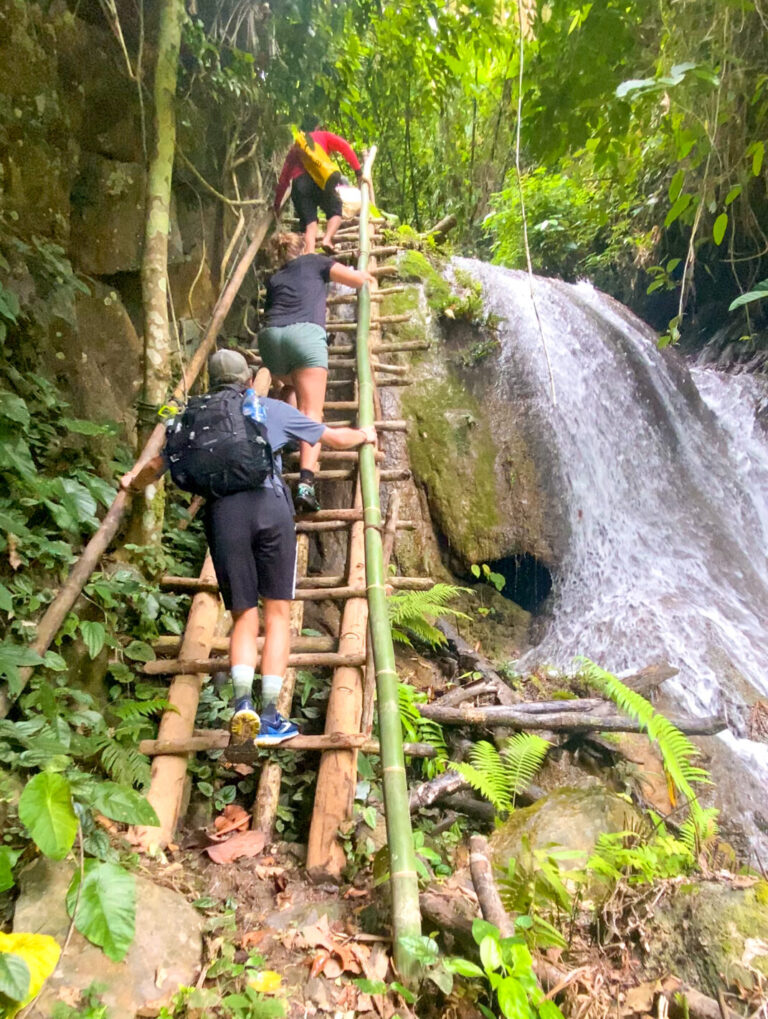
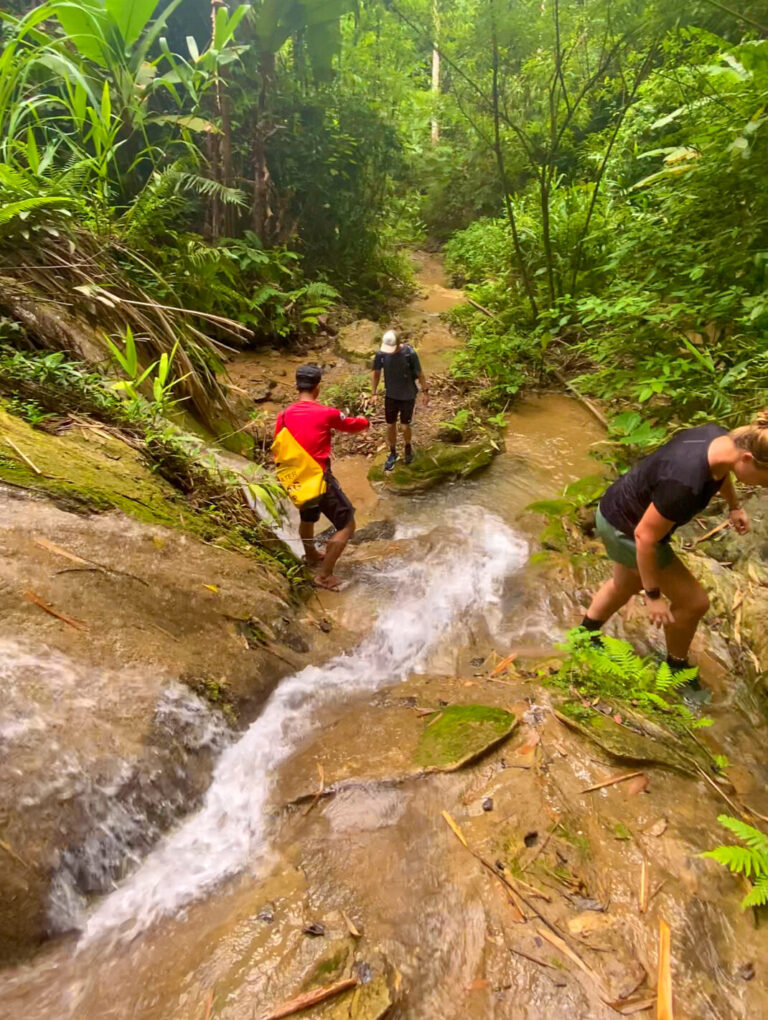
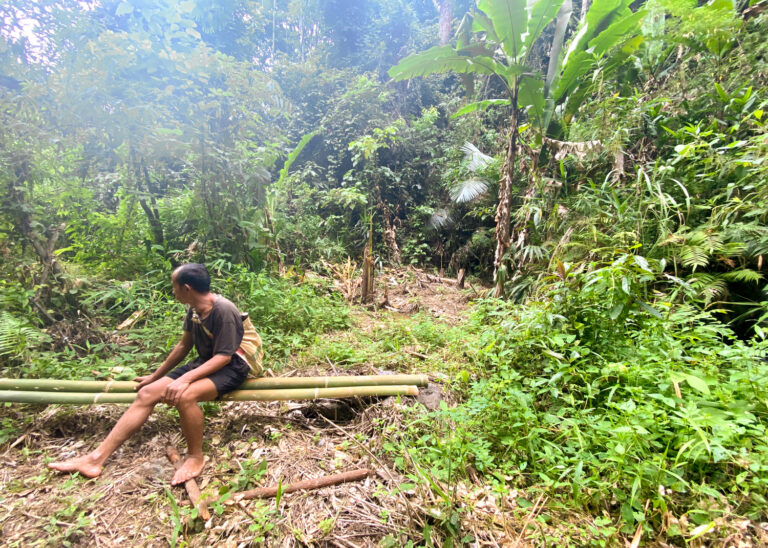
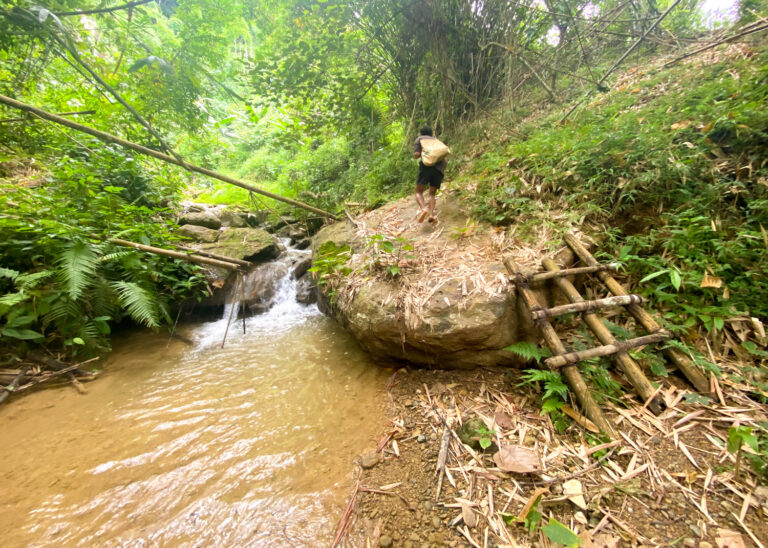
It should take about 1 hour 45 minutes to get your first glimpse of the last waterfall at the top!
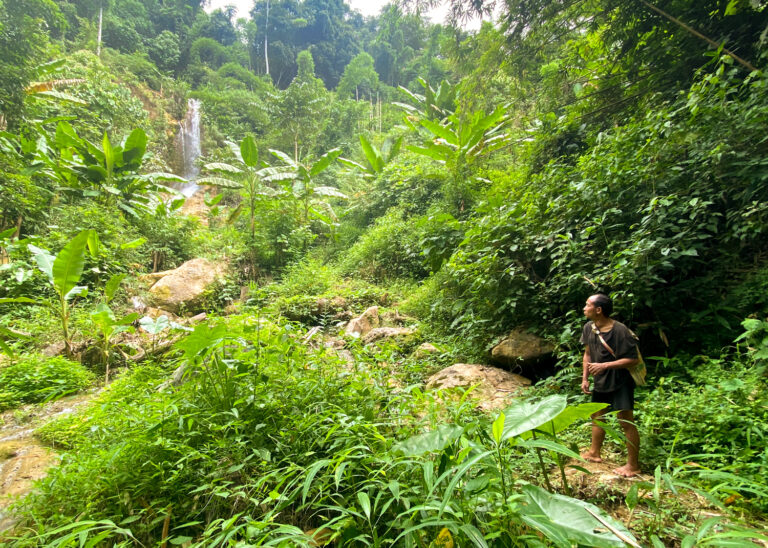
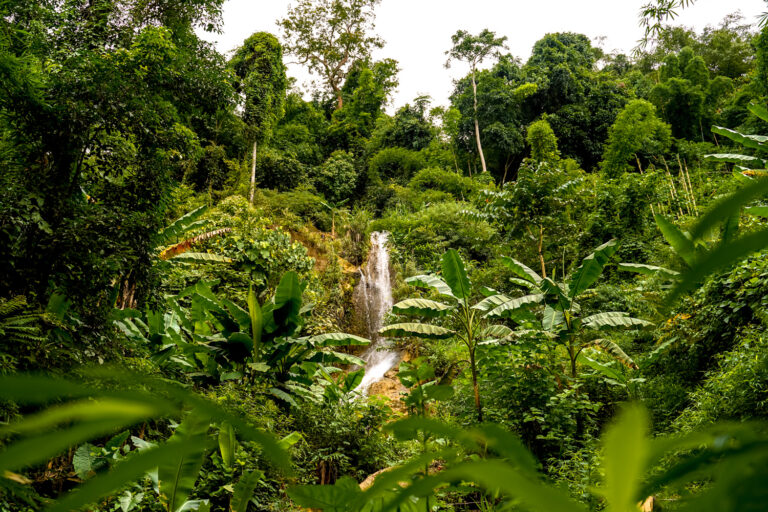
It’s here that you’ll stop for lunch, which the local guide has carried up for you.
Along with a breathtaking view we unwrapped our vegetable fried rice from our banana leaf bowls and relaxed for the next 20 minutes, applying extra bug spray too of course!
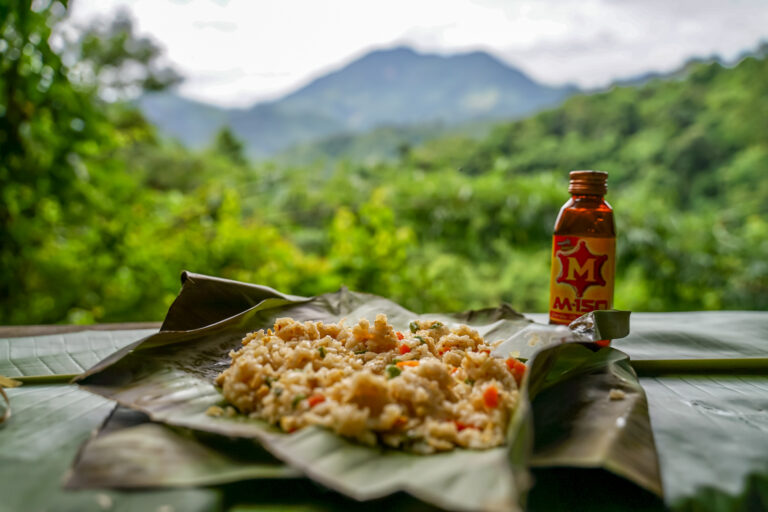
I refreshed myself and emptied out the stones from my shoes at the final waterfall (the 100th waterfall..?) and admired the view from the top.
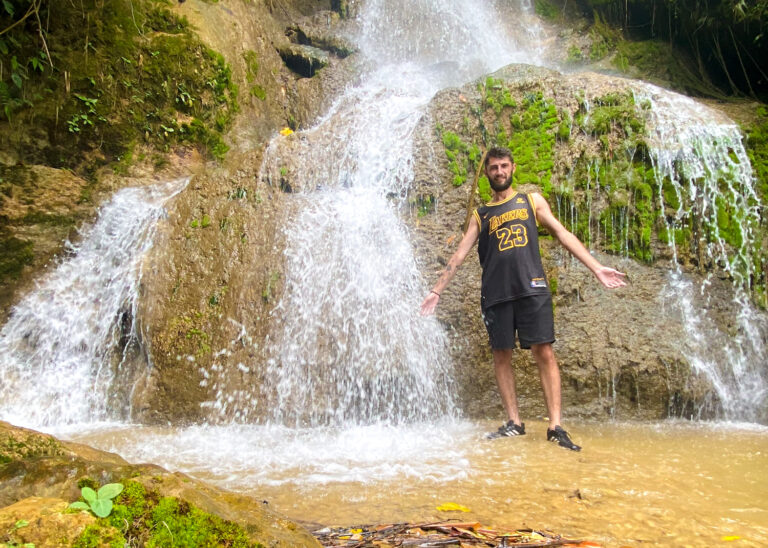
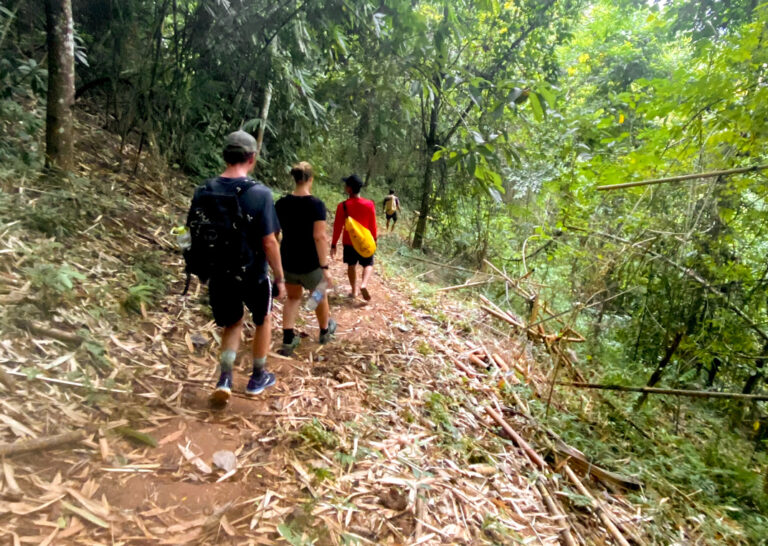
The path doesn’t go down the same way and instead goes parallel to the waterfall trail down some earth-cut steps. After eventually joining back onto the same path once the terrain evens out, we were back at the boat by 2pm after 2 hours 45 minutes of trekking.
On the journey back to Nong Khiaw you’ll probably stop at a small village to see what life with no roads or electricity is like. A lot of rice is the answer!
I stopped at one called Hathouan which was a great insight into the lives of the less fortunate. A real eye-opener!
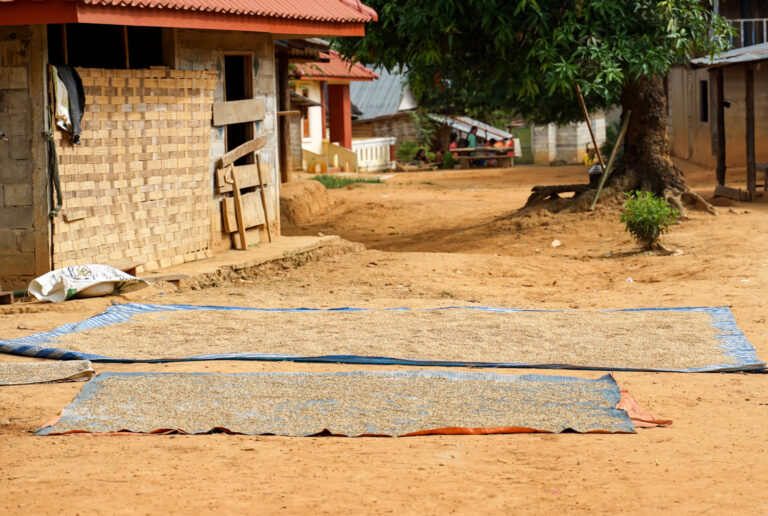
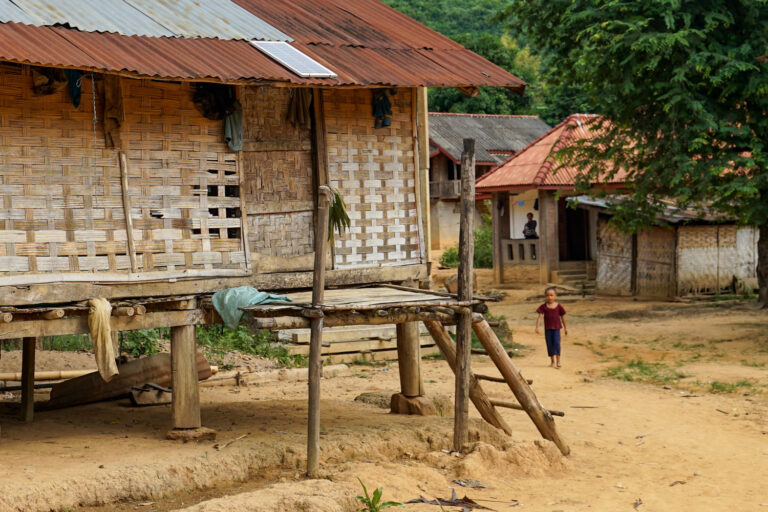
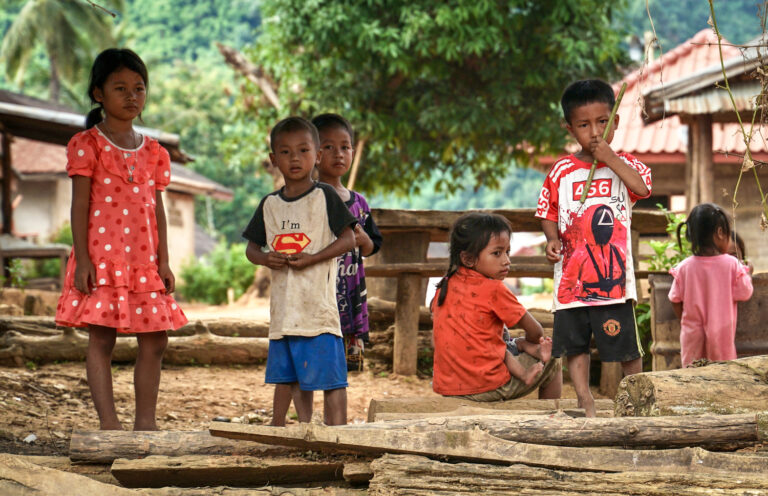
My experience at the 100 Waterfalls
My decision to trek to the 100 Waterfalls was pretty spontaneous as I was originally planning to do a 2-day trekking trip instead. I booked with zero expectations at all and it turned out to be a personal highlight of Nong Khiaw!
I was lucky because effectively I had a private tour with just me and 2 others all day! It wasn’t physically challenging at all, however it is very slippery and wet.
This experience is a nice change from the viewpoint hikes around town because it boasts a similar authentic beauty but in a different way. Being an hour from town by boat also means you get to experience a much more rustic landscape and way of life away from Nong Khiaw.
The only un-enjoyable part of the entire day for me was the uncomfortable boat ride there and back because we had no back rests… and my back is terrible!!!
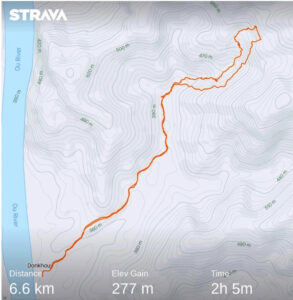
Where to stay in Nong Khiaw
Nong Khiaw is a super small town and most accommodations are very near to each other. They are mostly located on the east side of town, across the river, and many have fantastic mountain and river views from the balcony.
There is yet to be an established hostel in town, so guesthouses are really your only option. I stayed at Lamorn Guesthouse for $9 a night which was extremely basic and about a 5 minute walk from the centre of town. Overall it was fine, but I’ll talk more about it in the “my experience” section later.
From speaking to other people, Delilah’s sounds like a good budget option which is located in the middle of town for around $5 per night. Another great budget option is Nam Ou River Lodge.
Use Booking.com to find the best deals on accommodation in Nong Khiaw in advance, or alternatively just find something when you arrive which is very easily done as many places aren’t on any websites.
Packing essentials for the 100 Waterfalls
- Good shoes (no flip flops if you value your toes!)
- Bug spray
- Water is usually provided but best pack some anyway
- GoPro/waterproof phone case
- Hat and sunglasses
It should go without saying that you will need lots of water because there is nowhere to refill once you begin. Take what you think is enough then take some more because you’ll need it to combat the humidity of the dense jungle – it’s a sweat-fest!
Decent footwear, bug spray and sun cream are all essential too so that you stay protected from sharp rocks, mosquitos and the beating sun. A long sleeve top is optional, but when you’ve been sweating a lot you can get very cold very quickly at the top, so best to have something warm just in case.
Best tours in northern Laos
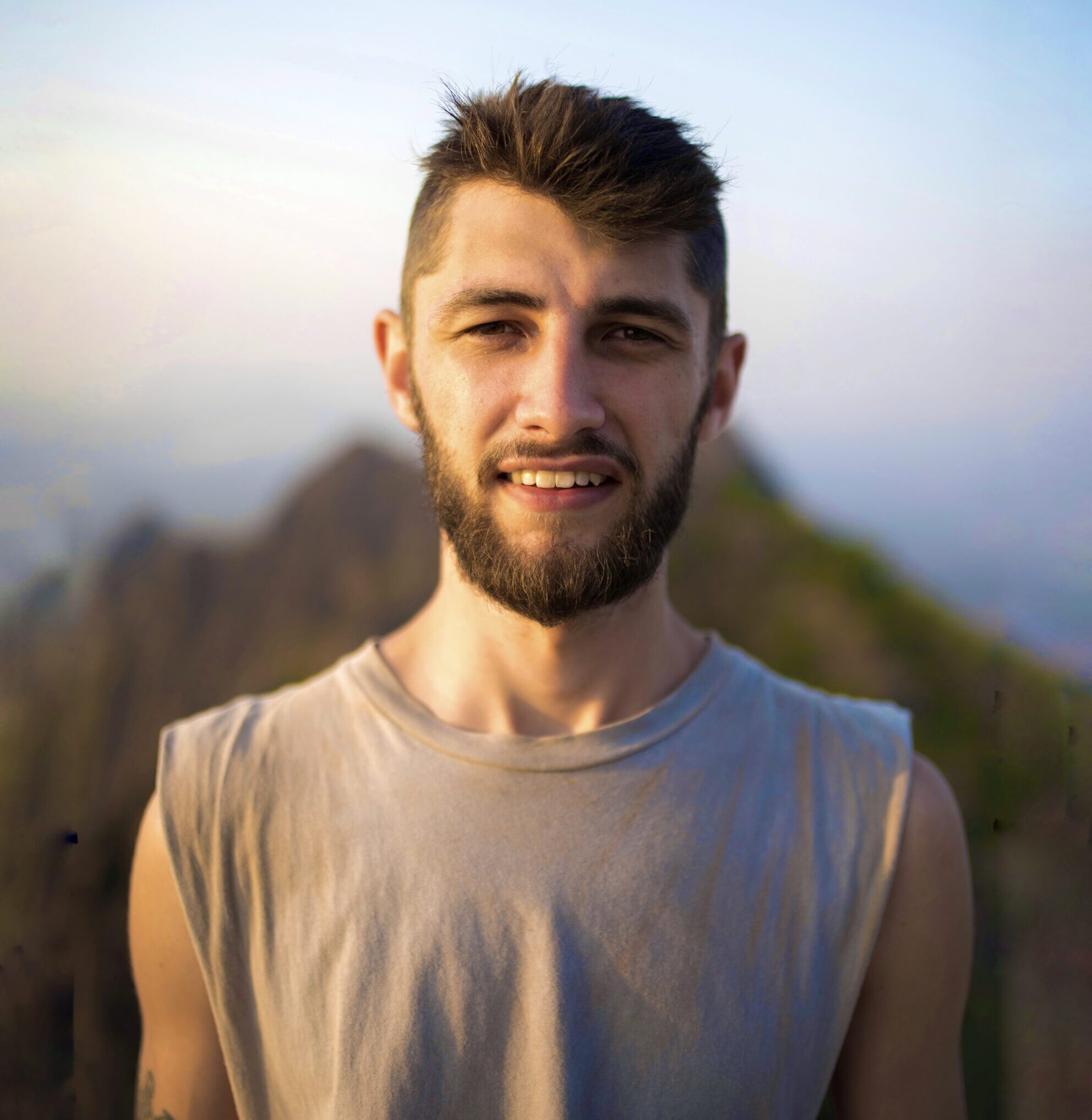
Thank you for reading this travel guide – I hope you found it helpful! Feel free to leave a comment below if you have any questions and I’ll get back to you as soon as possible
Happy travelling!
HELPFUL RESOURCES FOR PLANNING YOUR TRIP
Accommodation: Booking.com, Hostelworld
Tours: GetYourGuide, Viator, Klook, TripAdvisor
Transport: 12Go, Omio, Trip.com, Rome2Rio
WHO IN THE WORLD IS JAMES?
Click below to learn more about my story, including 5 random facts about me, some travel FAQ’s and my entire travel history.
Related posts:
- The Mekong Slow Boat Complete Guide (Luang Prabang to Thailand)
- Ultimate Nong Khiaw 3 Day Adventure Travel Itinerary, Laos
- Pha Noi & Nang Nong Hikes in Nong Khiaw, Laos – Visitor’s Guide
- Hiking Pha Daeng Peak in Nong Khiaw, Laos – Visitor’s Guide
- Backpacking Luang Prabang, Laos – Visitor’s Guide & Everything To Do
- Kuang Si Falls, Luang Prabang, Laos – Ultimate Visitor’s Guide

